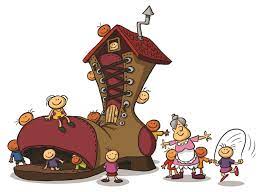 June 2024
June 2024
Condominium buildings are housing more people than they are designed to support.
Elevators are overcrowded, break down frequently and require servicing. Exercise rooms are too small and there is inadequate outdoor space.
Once of the reasons for this is that young adults are living with their parents for longer. In 1971, more than 90 percent of those in their early twenties had moved out of the family home. By 2021, 35 percent were still at home with many in their mid-30s.
Condo fees intended to support two older adults must now also support their adult children that have yet to move out. There is more crowding, noise, utilities use and garbage to contend with.
Suite occupancy rules are intended to protect all condo residents, help to prevent overcrowding and not having condo owners subsidize higher occupancy suites. Too many using common or parking areas may be problematic. Units with more residents use more utilities, generate more trash, create more noise and odour, and cause more wear on common areas. Elevator systems get more heavily used and frequently out of service thus requiring more maintenance and repairs. There may be safety and lifestyle considerations.
Condo by-laws may limit how many can reside in a condo suite – perhaps two people in a one-bedroom suite and four people in a two-bedroom suite. This may be a hard rule with no exceptions or a soft rule that can be overridden with approval. There may be higher condo fees for units with more people than allowed to compensate for the cost of increased occupancy. Renovations that add or remove a bedroom from original construction are unlikely to impact on allowable residency.
Occupancy exceeding what is allowed results in heavier use of utilities and common areas, and additional costs that should appropriately be charged to higher occupancy suites.







